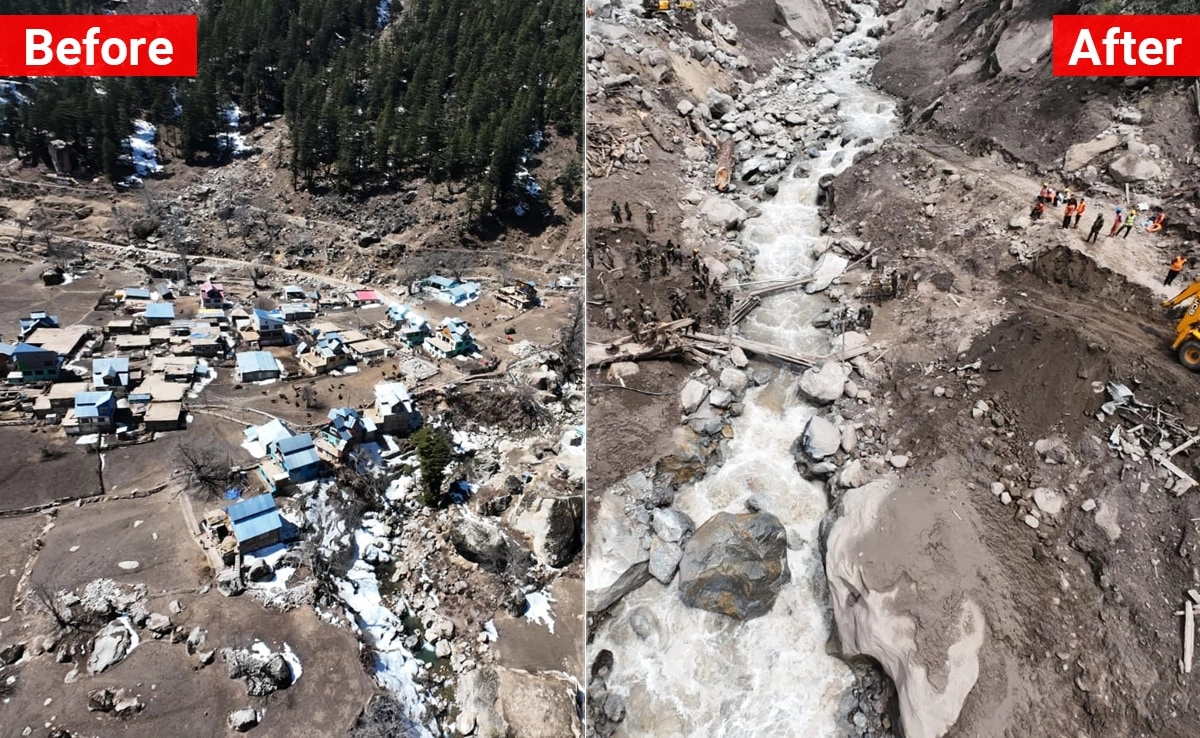The devastating cloudburst in Kishtwar, which resulted in significant loss of life and destruction, serves as a grim reminder of the missed warnings and systemic lapses that have become all too common in disaster management. The disaster, which unfolded rapidly, was not entirely unexpected. Various meteorological forecasts had indicated the likelihood of extreme weather in the region, yet the response mechanisms to these warnings were inadequate. Local authorities appeared unprepared to act on the information, illustrating a systemic failure to heed environmental indicators that could have mitigated the impact of such a natural calamity.
In analyzing the Kishtwar incident, it becomes evident that there were multiple layers of oversight that contributed to the tragedy. The lack of effective communication channels between meteorological departments and local government agencies resulted in a failure to disseminate crucial information to the communities at risk. Additionally, the absence of a robust disaster preparedness plan meant that even when warnings were issued, there was no structured approach to ensure that residents were informed and equipped to respond appropriately. This systemic lapse not only exacerbated the situation but also highlighted a significant gap in the governance framework pertaining to disaster risk reduction.
Moreover, the Kishtwar cloudburst underscores the urgent need for improving infrastructure and community resilience in the face of climate change. As extreme weather events become more frequent, it is essential for authorities to invest in early warning systems and disaster management training for local populations. This proactive approach could potentially save lives and reduce the economic impact of such disasters. Education and awareness campaigns about the risks associated with extreme weather patterns are also crucial in empowering communities to take preventive measures.
The tragedy in Kishtwar should serve as a catalyst for change, prompting a reevaluation of how we approach disaster preparedness and response. It is imperative that lessons are learned from this incident and that comprehensive strategies are put in place to prevent similar occurrences in the future. By addressing the systemic issues that allowed this disaster to unfold, we can work towards creating a more resilient society capable of withstanding the challenges posed by an increasingly unpredictable climate. A coordinated effort among government agencies, meteorologists, and local communities is essential to ensure that future warnings are not only heard but acted upon swiftly and effectively.




